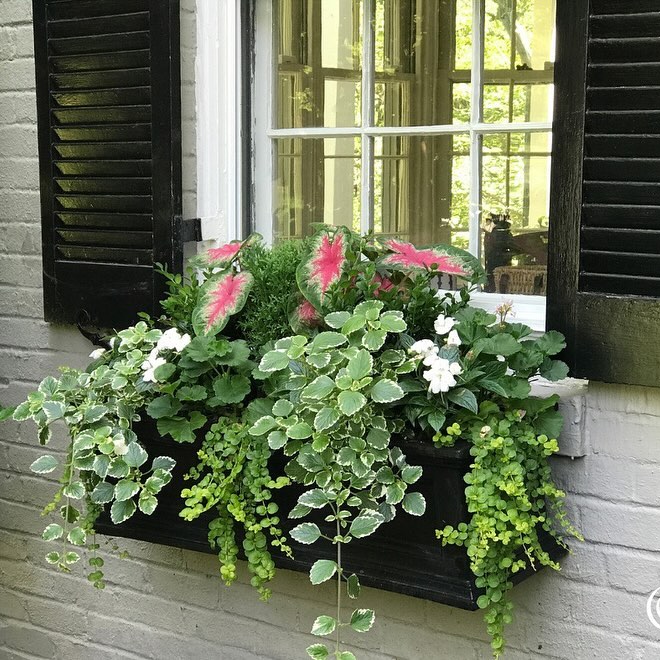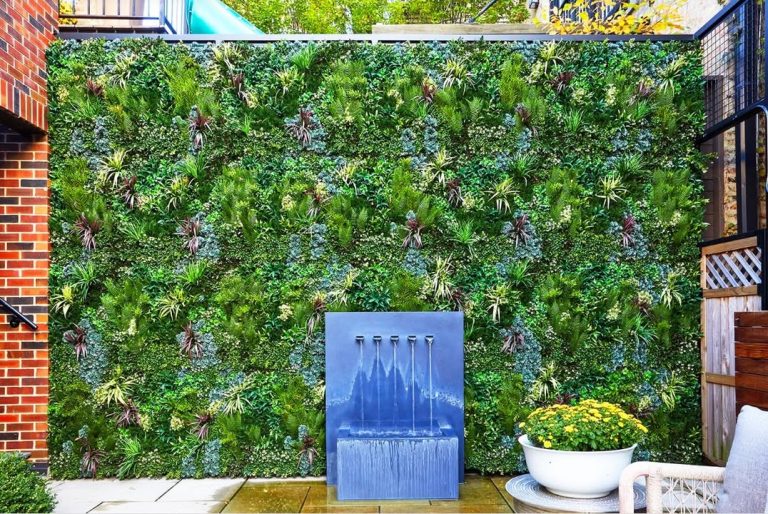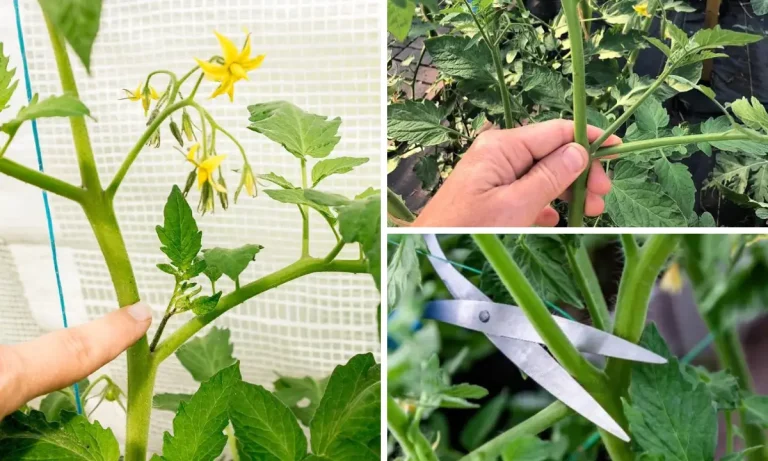How to Watering Tomato Plants Correctly: Mastering Tomato Watering
Tomato plants are like delicate dancers in the garden, requiring just the right amount of water to perform their best. In this comprehensive guide, we will delve into the art of watering tomato plants correctly to ensure they thrive and yield a bountiful harvest. Join me on this journey as we explore the secrets to keeping your tomato plants happy and hydrated.
Determining Soil Moisture
Ah, the age-old question: How do you know when to water your toms? Let’s unravel this mystery together with a couple of simple methods:
- Finger Test: Dive your finger into the soil up to the second knuckle. If it feels dry, it’s time to water. If it’s moist, hold off on watering for now.
- Moisture Meter: For the tech-savvy gardener, a moisture meter can be your best friend. Simply place it in the soil and let it do the work for you.
Tomatoes can be quite finicky about water, especially in their youth. Too much water can spell disaster for young plants, while inconsistency can lead to issues like the dreaded blossom end rot. Let’s tread carefully as we navigate the watering journey.
Stages of Growth
Just like us, tomato plants have different water needs at various stages of life:
- Seedlings: Treat these delicate darlings with care, ensuring the soil stays moist but not waterlogged.
- Vegetative Growth: As your plants grow taller and stronger, increase the water flow to support their development. Consistency is key here to avoid pitfalls like blossom end rot and cracked fruits.
- Fruiting: Ah, the fruiting stage calls for extra hydration as your plants channel their energy into producing those juicy tomatoes. It’s a thirsty job, but someone’s got to do it.
And did you know? In the final weeks of their life, tomato plants can thrive without water, intensifying the flavor of their last fruits. It’s like a grand finale for your garden!
Best Techniques for Watering Tomatoes
Watering tomato plants is an art form in itself, and mastering the techniques can make all the difference in your harvest. Let’s explore three tried-and-true methods:
Water The Base
Always remember, water at the base, not the leaves. Wet leaves can invite trouble in the form of diseases and burns, so let’s keep it low and slow.
Drip Irrigation
Drip irrigation is the maestro of watering methods, delivering water directly to the roots with precision and care. It’s like a symphony of hydration for your plants, ensuring they get just what they need, when they need it.
Mulching
Ah, the cozy blanket of mulch! This organic layer not only conserves moisture but also regulates temperature and suppresses weeds. It’s like a spa day for your tomato plants, keeping them cool, calm, and collected.
And remember, timing is everything. Water in the early morning to give your plants a refreshing start to the day, or in the evening to help them unwind after a long day in the sun.
Signs of Overwatering
Too much of a good thing can be harmful, especially when it comes to watering tomato plants. Watch out for these red flags:
- Yellowing Leaves: A telltale sign of excess water is when the leaves turn yellow and fall off.
- Wilting Despite Wet Soil: If your plants look droopy even with damp soil, it might be a case of overwatering.
- Root Rot: Prolonged waterlogging can lead to root rot, a serious condition that can spell doom for your plants.
- Cracked Fruits: Tomatoes on water overload might start cracking, a clear sign of too much moisture.
Signs of Underwatering
On the flip side, underwatering can also wreak havoc on your tomato plants. Keep an eye out for these distress signals:
- Drooping Leaves: When your plants start looking sad and droopy, it’s a cry for more water.
- Dry Soil: If the soil feels parched to the touch, your plants are thirsty.
- Stunted Growth: Underwatered plants may struggle to grow and produce fruits as they should.
- Blossom End Rot: This nasty condition can rear its head when plants lack proper hydration, leading to dark spots on the fruits.
Common Watering Mistakes
Inconsistent Watering
One of the cardinal sins of gardening is inconsistent watering. Tomato plants crave stability in moisture levels, and fluctuating water supply can lead to a host of issues:
- Cracked Fruit: Inconsistency in watering can cause your tomatoes to crack and split.
- Blossom End Rot: This calcium deficiency disorder can rear its ugly head when watering is erratic, resulting in rotting fruits.
- Stunted Growth: Depriving your plants of proper hydration can stunt their growth, impacting the quality and quantity of your harvest.
To avoid these pitfalls, keep a close eye on soil moisture and provide a steady flow of 1 to 2 inches of water per week.
Overhead Watering
Another common blunder in tomato care is overhead watering. While it may seem convenient, it can spell trouble for your plants:
- Foliar Diseases: Wet foliage can create a breeding ground for fungal diseases like early blight and late blight, which can devastate your tomato crop.
- Sunscald: Droplets of water on leaves can act as magnifying glasses, causing scorching and burning of the foliage.
- Slugs and Snails: Overhead watering can splash soil up onto the leaves, providing a moist haven for pesky slugs and snails to feast on your precious tomatoes.
Instead, focus on watering the base of the plant to keep the leaves dry and healthy.
Additional Tips to Maximize Tomato Yield
Watering your tomato plants correctly is just the beginning of the journey to a bountiful harvest. Let’s explore some additional tips to help you maximize the yield from your tomato patch:
Fertilize Wisely
Tomatoes are heavy feeders, and providing the right balance of nutrients can work wonders. Opt for a balanced, slow-release fertilizer to nourish your plants throughout the growing season. Avoid over-fertilizing, as this can lead to lush foliage at the expense of fruit production.
Prune and Stake
Properly pruning and staking your tomato plants can significantly improve their productivity. Remove suckers (side shoots) regularly to redirect the plant’s energy into fruit development. Provide sturdy cages or trellises to support the heavy fruit and keep the plants off the ground.
Manage Pests and Diseases
Stay vigilant for common tomato pests and diseases, and take swift action to address any issues. Aphids, hornworms, and spider mites can sap the life from your plants, while diseases like early blight and late blight can devastate your crop. Employ organic pest control methods and practice good garden hygiene to keep your plants healthy.
Provide Adequate Sunlight
Tomatoes thrive in full sun, requiring at least 6-8 hours of direct sunlight per day. Choose a location that receives ample sunlight, and consider repositioning your plants if they seem to be struggling in their current spot.
Extend the Season
For an even more bountiful harvest, consider extending your tomato-growing season. Start seedlings indoors and transplant them outdoors as soon as the weather permits. In the fall, protect your plants with row covers or a greenhouse to extend the season and enjoy a prolonged harvest.
Summary
Watering tomato plants correctly is the foundation for a thriving and productive garden. Through this guide, we’ve explored the nuances of determining soil moisture, catering to the water needs of plants at different growth stages, and mastering the best watering techniques.
Remember, consistency is key. Avoid the common pitfalls of overwatering and underwatering, as both can lead to a host of problems. By diligently monitoring your plants and employing the right watering methods, you’ll be well on your way to growing a bountiful tomato crop.
Pair these watering practices with additional tips like wise fertilization, strategic pruning and staking, and proactive pest and disease management. Embrace the art of tomato watering, and let your plants thrive and flourish. With a little care and attention, you’ll be enjoying juicy, homegrown tomatoes in no time.
Happy gardening!






